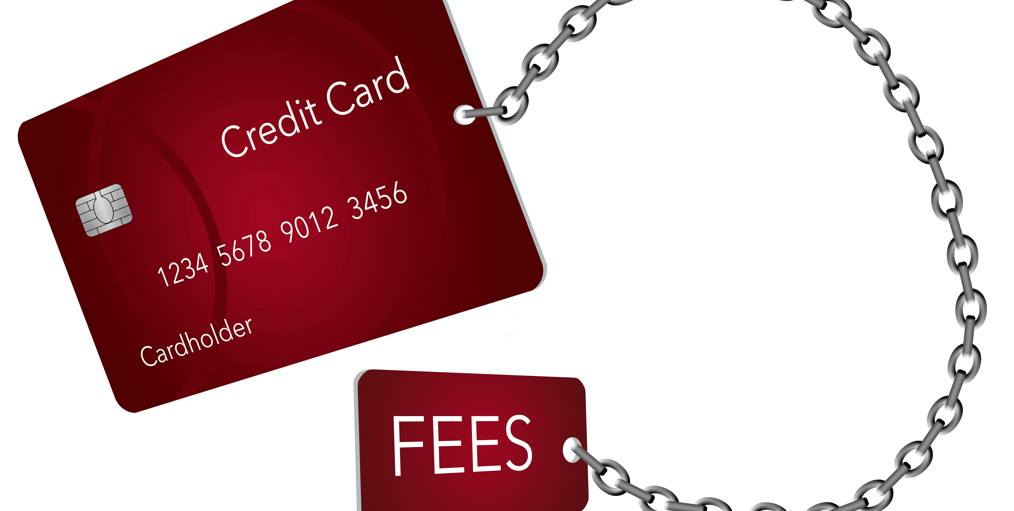Major regulatory and government initiatives, credit card market highs and lows, and significant movements in mobile and next year promises to be even more dynamic.
Indeed – it has been a turbulent year for the cards sector! In the US, the Durbin Amendment and the amendment to the CARD Act of 2009 caused a whirlwind, while in Asia, South Koreas Financial Supervisory Authority had to step in to curb excessive credit card lending by the banks. In Europe, Germany not only made headlines for its aggressive stance on Europes economy, but also for introducing an anti-money laundering legislation that restricts prepaid business opportunities in Europes largest economy. A pity, really, because prepaid is one of the fastest growing areas of the cards market.
When we say the regulation in the US caused whirlwind, we really mean a whirlwind:
The credit card M&A market has accelerated. High profile acquisitions included that by Capital One, which paid $30bn for HSBCs US card portfolio and Bank of Americas (BofA) sale of its US$6.8bn Canadian credit card business to Toronto-Dominion Bank. But the general pattern that we are observing in the credit cards market in the US is that smaller players are buying up the portfolios of the bigger ones.
This trend is also happening in the consumer banking space:
In the four weeks after BofA announced that it would introduce debit card usage fees to make up for what it and its peers consider lost revenue due to the impact of the Durbin Amendment, there was what can only be described as a mass migration among consumers to credit unions.
How well do you really know your competitors?
Access the most comprehensive Company Profiles on the market, powered by GlobalData. Save hours of research. Gain competitive edge.

Thank you!
Your download email will arrive shortly
Not ready to buy yet? Download a free sample
We are confident about the unique quality of our Company Profiles. However, we want you to make the most beneficial decision for your business, so we offer a free sample that you can download by submitting the below form
By GlobalDataCredit unions represent just 4% of the overall US cards market, but they have registered more customers in the four weeks after BofAs debit card fee announcement than they had in the whole of 2010.
They may have been neglected by the media previously and hands down, by us, too – but credit unions are fast emerging as serious competition to big banks in the US and we will certainly keep an eye on the developments of the market there.
Apart from credit unions in the US, banks the world over are facing sombre competition from telcos and mobile network operators and other non-bank institutions in the run for innovation.
Isis, the mobile commerce joint venture between AT&T Mobility, T-Mobile USA and Verizon Wireless has appointed Gemalto to secure its mobile commerce platform in the US.
Verizon Wireless, meanwhile, looked to m-payment processing service Payfone to ensure it stays ahead in the m-payments game.
Google, too, has introduced its wallet, albeit only in the US for now. But over here in Europe, the UK to be specific, YESpay launched its first e-wallet in the UK market, called Pouch. Pouch allows users to make payments via the internet, their smartphone and through the use of NFC technology.
Banks may need to speed up their efforts, but at least they are doing something.
From Hawaii to India to Italy, banks are partnering with card schemes, telcos and others to launch mobile banking and payment services.
Many of the industry insiders we have spoken to predict that NFC will finally start to kick off properly in 2012, so lets see how the cards and payments landscape will change and evolve over the next few months.







